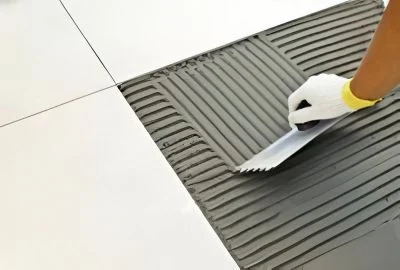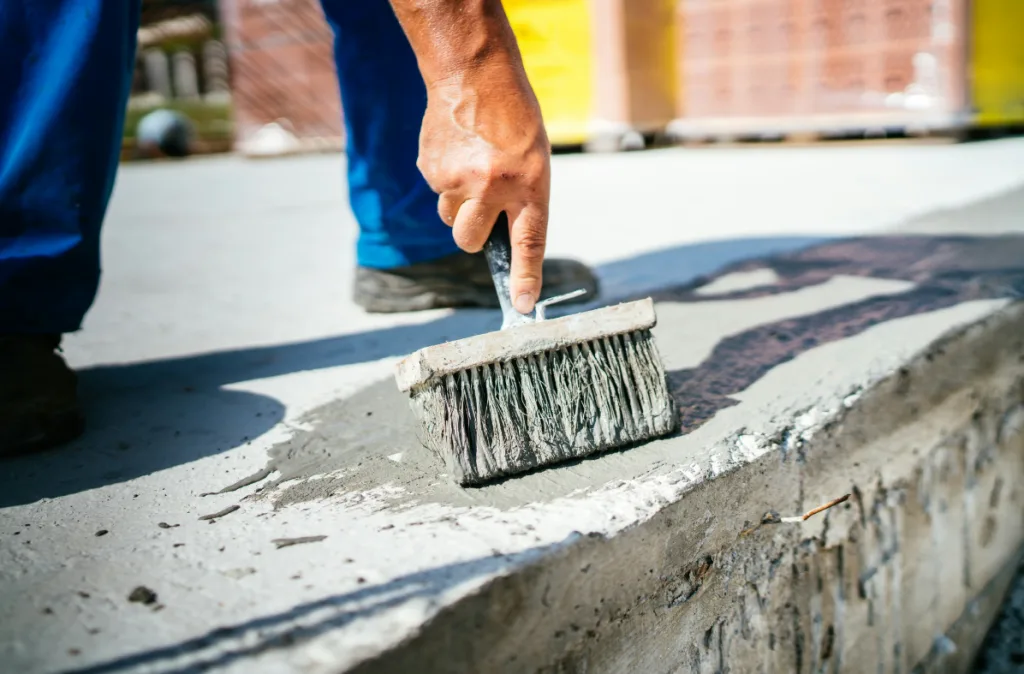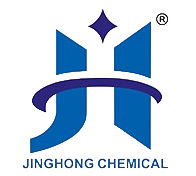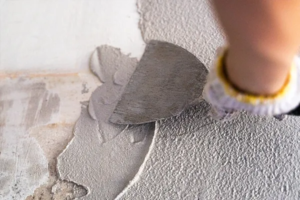Tile adhesive failure often happens due to poor water retention and weak workability. This leads to cracks, tile detachment, and costly rework. HPMC helps solve these problems effectively.
Hydroxypropyl Methyl Cellulose (HPMC) improves water retention and workability in tile adhesives by holding water in the mix, preventing premature drying, and providing smooth application. It ensures strong bonding, longer open time, and better efficiency during installation.

HPMC in Tile Adhesive
When I work with builders and clients, I notice they always struggle with tile adhesives that dry too fast or are too hard to spread. HPMC changes that. It keeps the mortar workable for longer and makes installation faster. Let’s break down how it works.
The Role of Hydroxypropyl Methyl Cellulose in Enhancing Water Retention in Tile Adhesives?
Tile adhesives often lose water too quickly, especially in hot or dry climates. This leads to weak bonding, poor adhesion, and tile detachment.
HPMC acts as a water-retaining agent in tile adhesives by slowing water evaporation. It ensures that cement hydration continues properly, resulting in strong bonding strength and reduced tile failure rates.

Water Retention with HPMC
How HPMC Retains Water in Tile Adhesives
I often explain to my clients that cement needs water to hydrate. Without enough water, hydration stops and bonding weakens. HPMC forms a thin film in the mortar mix, trapping water and controlling release during curing.
Key Functions
| Function | Impact on Adhesive |
|---|---|
| Water Retention | Prevents premature drying |
| Extended Hydration | Improves cement bonding strength |
| Reduced Shrinkage | Lowers risk of cracks |
| Better Efficiency | Less rework, stronger adhesion |
For those working in hot climates, I always recommend high-quality HPMC with proven standards compliance. This ensures that even under high temperatures, the adhesive retains water long enough for full bonding.
Why Is Viscosity of Hydroxypropyl Methyl Cellulose Critical for Workability?
Many buyers confuse viscosity with quality, not realizing how much it affects workability in tile adhesives.
The viscosity of HPMC controls mortar consistency and workability. Higher viscosity improves sag resistance and water retention, while medium viscosity offers smoother spreading and easier handling during tile installation.
Why Viscosity Matters
I often compare viscosity to the thickness of honey. If it is too thin, the adhesive runs and tiles slide. If it is too thick, workers struggle to spread it. Choosing the right viscosity helps balance performance.
Typical Viscosity Range
| Viscosity Grade (mPa·s) | Application Use |
|---|---|
| 20,000 – 40,000 | Easy spreading, good workability |
| 60,000 – 80,000 | High sag resistance |
| 100,000+ | Special adhesives, heavy tiles |
To meet performance demands, many manufacturers test viscosity under a 2% solution at 20°C, which gives reliable results. I always advise buyers to ask for lab reports from trusted sources like ASTM International.
How Hydroxypropyl Methyl Cellulose Improves Workability and Application Efficiency?
Contractors often complain that some adhesives are either too stiff or too runny. This slows work and increases labor costs.
HPMC improves workability by making the mix smooth and easy to apply. It balances water retention, spreadability, and adhesion, which boosts efficiency during tile installation.

Workability Improvement
Real Impact on Application
In my experience, when tile installers use HPMC-modified adhesives, they need less water, and the mix stays consistent longer. This reduces mistakes and speeds up the job.
Benefits of HPMC in Application
- Smooth trowel spread, fewer lumps
- Longer open time, allowing adjustments
- Reduced sagging, even with large tiles
- Higher coverage rate with same material
I often remind buyers that efficiency is not just about speed. It is also about reducing waste. By keeping the mix stable, HPMC ensures fewer tile replacements and reworks, saving both time and money.
Why Tile Adhesive Manufacturers Choose Hydroxypropyl Methyl Cellulose for Reliable Performance?
Manufacturers face pressure to deliver consistent, reliable adhesives that meet global construction standards.
Tile adhesive manufacturers choose HPMC because it ensures stable quality, repeatable performance, and compliance with international standards. It gives them confidence when selling to large-scale projects worldwide.
Why Reliability Matters
I see buyers lose trust when adhesives fail in big projects. Manufacturers cannot risk this. HPMC helps them produce adhesives that perform consistently under different climates and applications.
Main Reasons Manufacturers Trust HPMC
| Feature | Manufacturer Benefit |
|---|---|
| Consistent Quality | Reduces complaints and returns |
| Global Standards | Meets ISO, ASTM, REACH |
| Stable Supply | Easier for large-scale projects |
| Trusted Reputation | Builds long-term client loyalty |
Manufacturers that use certified HPMC, like those tested by the European Chemicals Agency, often gain a competitive edge. It shows commitment to safety and performance, which buyers appreciate.
Conclusion
Hydroxypropyl Methyl Cellulose improves water retention, viscosity, and workability in tile adhesives. It ensures reliable bonding, smooth application, and trusted performance in construction projects.


